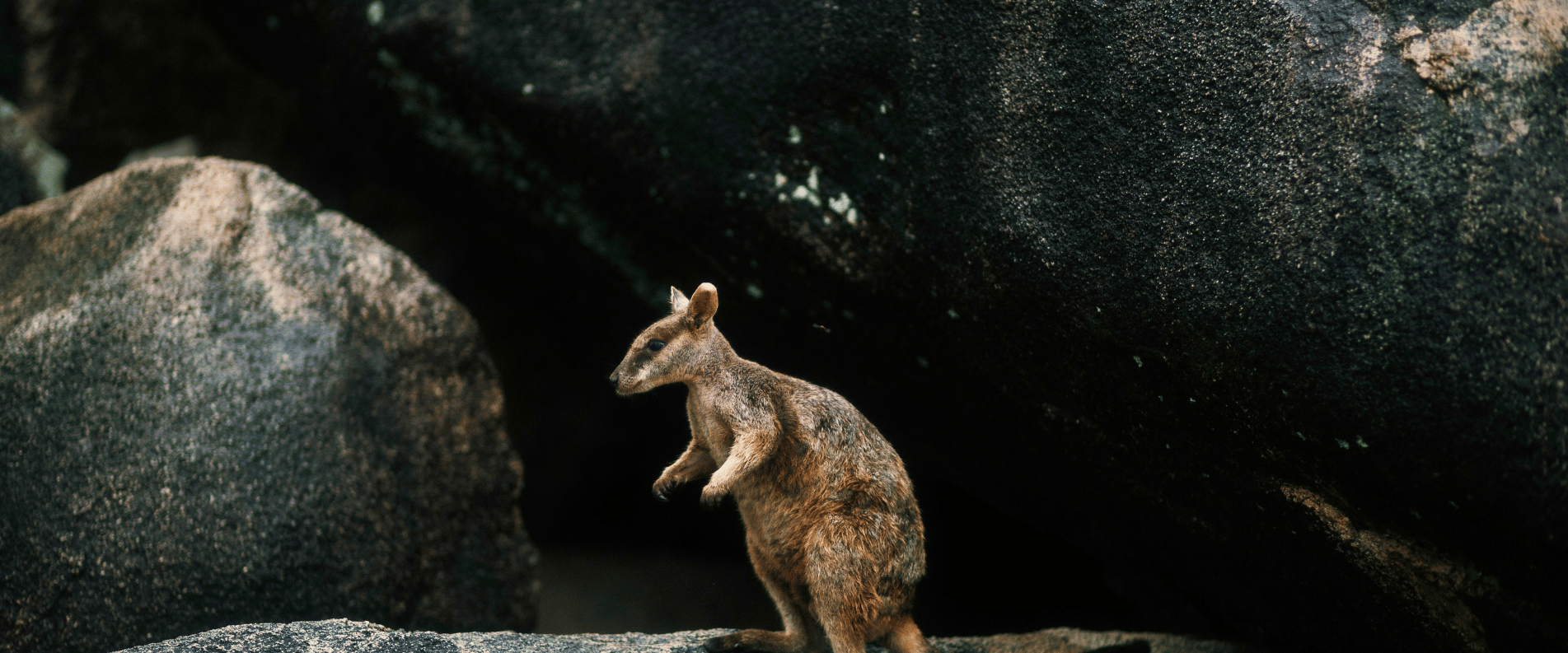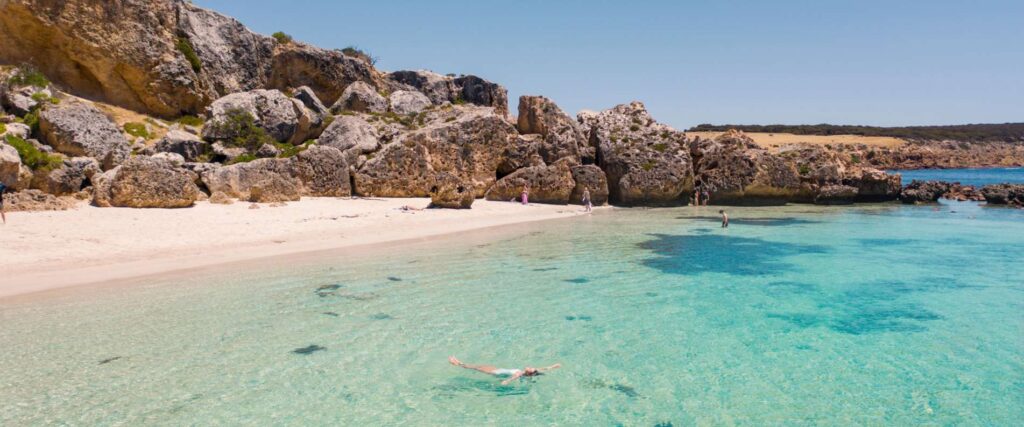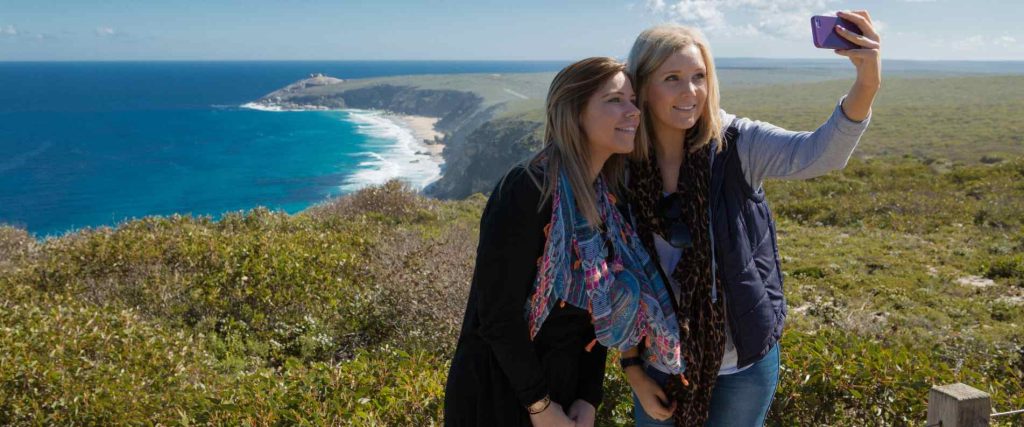Top tips for taking photos of wildlife on Kangaroo Island

Kangaroo Island is a great place to take photos of wildlife. The island is teeming with heaps of different wildlife, everywhere. There’s a reason why it’s called Kangaroo Island!
This island has done well to preserve its natural habitat, with plenty of wildlife thriving on the land, in the seas and flying around the air.
How to Take Great Photos of Wildlife on Kangaroo Island
Kangaroo Island is a great place to take photos of wildlife. The island is teeming with heaps of different wildlife, everywhere.
Newbie to wildlife photography? Don’t worry – it’s easy!
Follow these simple tips & tricks to take some wonderful photos of wildlife on Kangaroo Island.
It might seem a bit difficult to take photos of wildlife that is moving! But with a decent camera, a good eye, lighting (and maybe a little patience), you’ll snap up some quality photos!
The importance of light in your wildlife photography

Light is, of course, the most important aspect of photography!
Try and get out and about during the late afternoon – choose a time when the sun is lower in the sky. This could be early in the morning or very late at night.
Start with a sample photo, during golden hour in the evening, or first light in the morning.
Morning and evening light is going to be softer and far less harsh. Use this to your advantage.
You’ll be able to shoot subjects that are otherwise difficult to expose animals – this is a good time because the sun will be lower in the sky during this time…
Find out what species are around in the area that you’re going to be taking photos of! Familiarise yourself with the areas around
Top tips:
- Wake up early! Capture the light from very early in the morning – wake up early
- Get the shutter speed and light level: Watch out for the shutter speed and light level
- Watch your light balance: Remember, your camera’s settings might not necessarily be the best!
- Post-rain animals will look more textured
- Animals that have been in the water/or if it has just been raining, will have more textured fur
- Use autofocusing tools to focus on wildlife that’s moving
- Autofocus: This will help you shoot sharper images of animals that are moving fast
This is great for bird photos, mammals that are running around, or other dynamic wildlife scenes!
Camera settings for great wildlife photos

If you have a longer focal length, this will also help you better photograph animals from safer distances. Shutter speeds also have a critical role in wildlife photography – the shutter speed will affect the sharpness and motion capture of the subject.
It might also be a case of playing with the depth of field, and even a bit of black and white photography, to gain better depth of field…
Understanding the animals you are going to take photos of will help you better predict their behaviour and how they move. This will help you get a better understanding of these animals and what they are going to do…
Wildlife photography is also all about patience – you’re not going to get the perfect shot straight away by rushing!
Most of the incredible wildlife photography is all about patience and making sure you wait around for the perfectly curated shot that you’ll have spent time and effort working toward…Most photographers will, of course, wait for hours before they find the conditions for the perfect photo!
Keep it wild!

Remember, you’re photographing this native Aussie wildlife in its natural state! You’re a guest in their homes! So, try and take photos discreetly and try not to disturb the animals in their natural, wild habitat.
Keep the wildlife…’ wild’.
Places you can go to take some great nature shots:
- Seal Bay
- Dolphins in the marina
- Seal conservation park
- Right whale migration – you’ll see the whales making their migration journeys across the Southern Ocean
- Penguins
- Fur seals
- Sea lions
- Seabirds (hooded plovers, coastal raptors)








